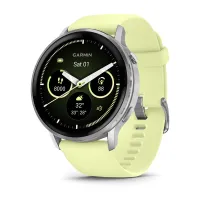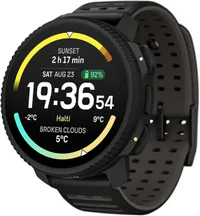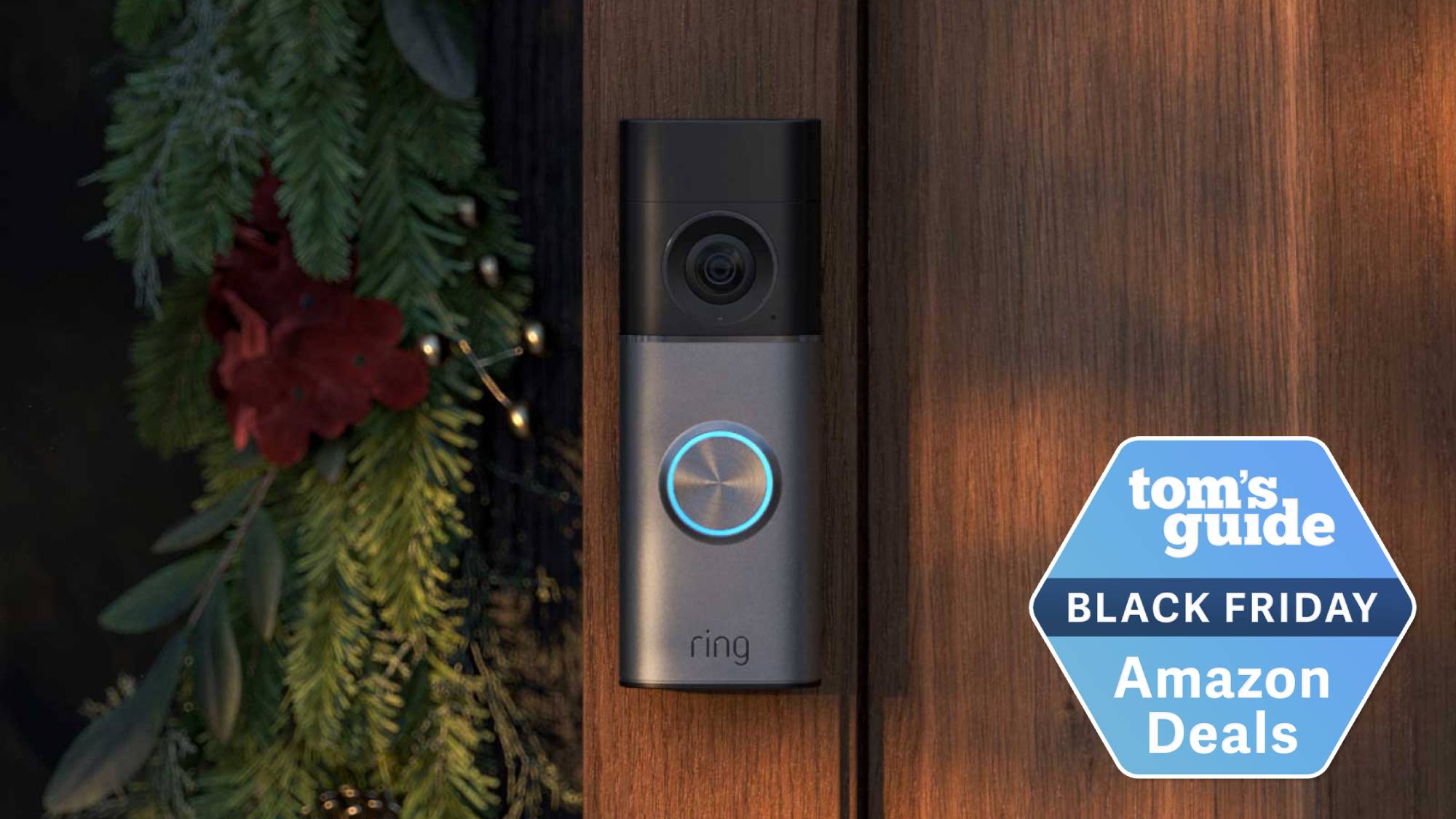I biked 11 miles with the Garmin Venu 4 vs Suunto Vertical 2 — and there's a clear winner
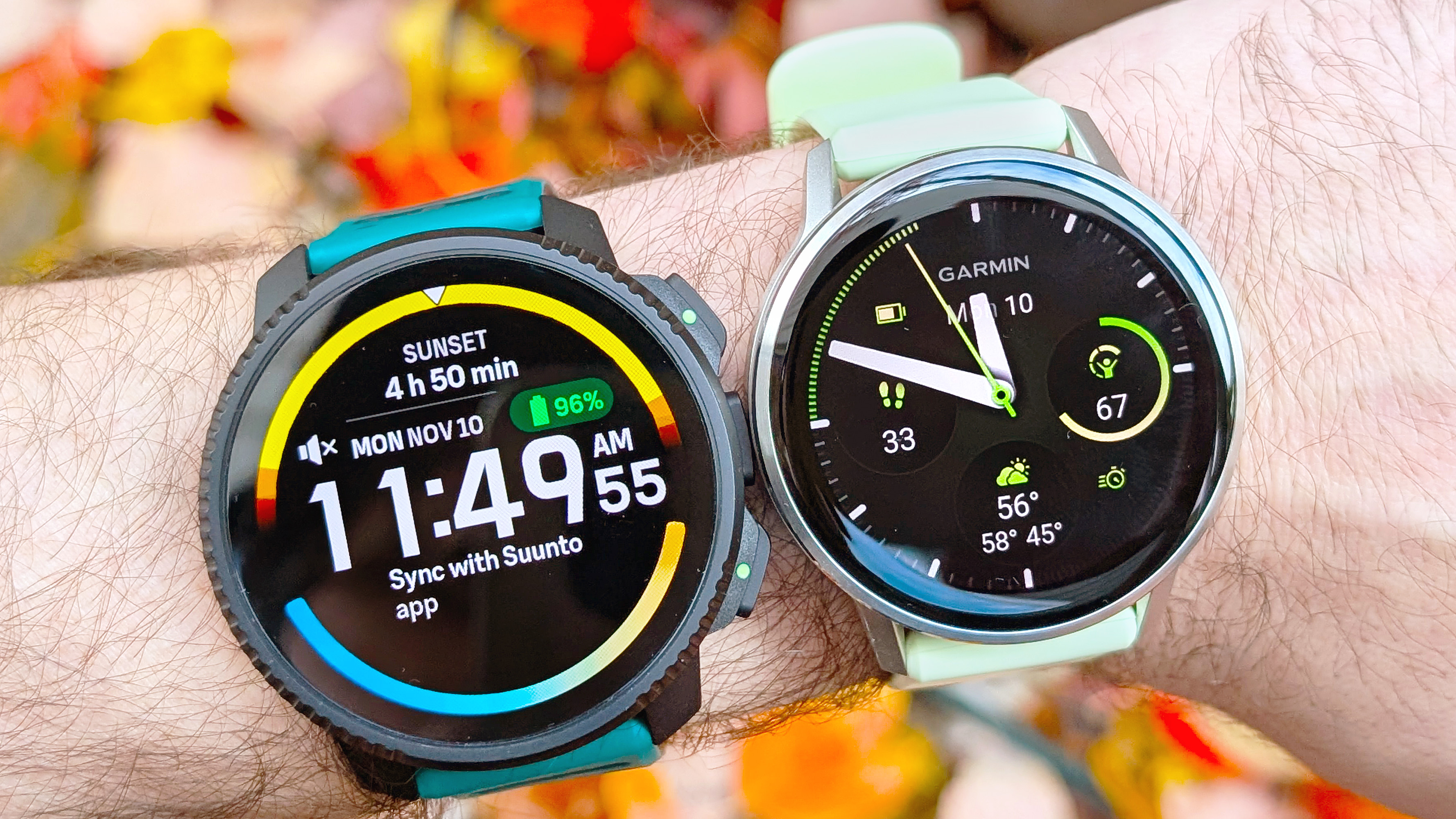
I biked 11 miles with the Garmin Venu 4 on one wrist and the Suunto Vertical 2 on the other to compare fitness tracking accuracy.
Both of these smartwatches are new models for 2025 and boast bright, AMOLED touchscreens paired with physical buttons, long-lasting batteries, multi-band GPS, and built-in LED flashlights. They each also support a huge number of workout types.
With Strava, running on a handlebar-mounted iPhone 12 Mini as my control, I embarked on my hour-long ride; find the results below, including a comparison of metrics like distance, elevation gain, pace, and heart rate.
And, as always, at the very end, I've declared a winner in this head-to-head between the Garmin Venu 4 and the Suunto Vertical 2.
Garmin Venu 4 vs Suunto Vertical 2: quick comparison
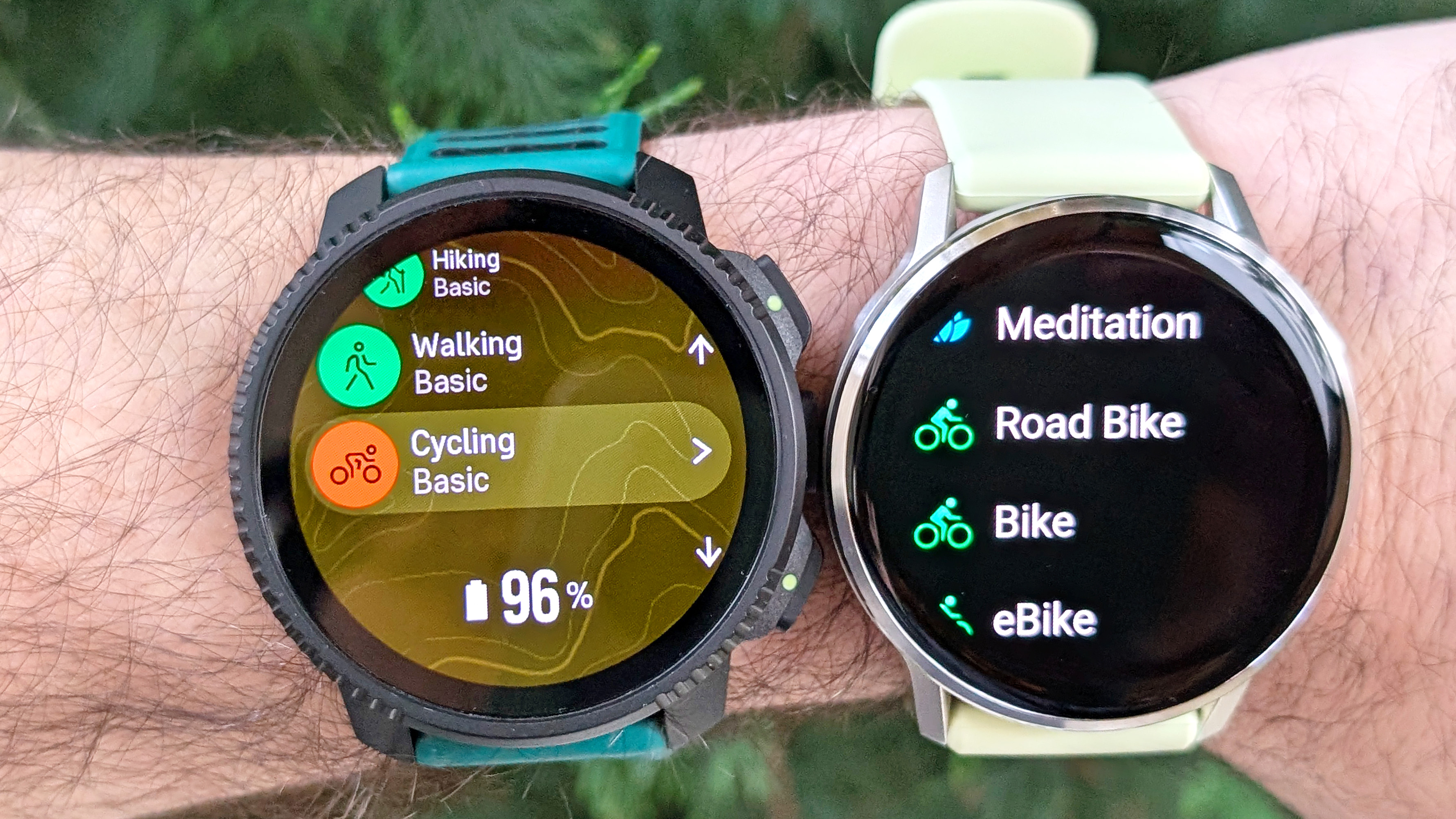
But first, here are the five key differences when comparing the Garmin Venu 4 versus the Suunto Vertical 2.
The Vertical 2 is pricier
First and foremost, the Suunto Vertical 2 is pricier than the Garmin Venu 4, though not by much. The Venu 4 starts at $549 for either the smaller 41mm or larger 45mm model. Only available in 49mm, the Suunto Vertical 2 starts at $599 for the stainless steel versions or $699 for the more premium titanium case option.
The Venu 4 has more smart features
Neither the Garmin Venu 4 nor the Suunto Vertical 2 offers anywhere near the number of smart features that you’ll find on the best Apple Watch models or the best smartwatches for Android. However, the Venu 4 does support NFC payments via Garmin Pay, Google Maps, and offline music playback via services like Spotify or Deezer.
Get instant access to breaking news, the hottest reviews, great deals and helpful tips.
Meanwhile, the Suunto Vertical 2 has essentially no smart features to speak of, aside from mirrored smartphone notifications (which the Venu 4 also supports)
The Vertical 2 has a tougher-built design
The Suunto Vertical 2 is a larger, heavier, tougher-built smartwatch than the Garmin Venu 4. While the latter is designed to be Garmin’s all-around smartwatch for active lifestyle folks, the former was designed with hardcore outdoor lovers in mind. As such, water resistance is 100 meters compared to 50 meters for the Venu 4.
The Suunto also sports a more premium sapphire glass crystal protecting the screen, compared to Gorilla Glass 3 (hardened mineral glass) for the Garmin. Lastly, the entirety of the Vertical 2 case is made from metal, while the rear of the Venu 4 is plastic.
The Vertical 2 supports offline maps
One of the biggest selling points of the Suunto Vertical 2 is support for downloading offline navigational maps, something you’ll find on the priciest of Garmin models, like the Garmin Fenix 8, which starts at $1,000.
The Venu 4 has more training and recovery tools
Both of these smartwatches keep tabs on heart rate, sleep quality, and physical activity, but the Venu 4 provides a greater array of training and recovery metrics, including a daily sleep score and energy level score (Body Battery).
The Venu 4 also offers helpful insights into heart rate variability, stress tracking, breath rate variability, and more. It even has a new Jet Leg Advisor tool to help you reset your circadian rhythm when traveling across time zones.
The Venu 4 is perhaps Garmin’s most well-rounded smartwatch, combining high-end fitness, wellness tools, and metrics with useful smart features, including Google Maps, support for offline music, and NFC payments. With two sizes to choose from, each sporting a bright and lovely AMOLED packed into a schvelt and comfortable case, the Venu 4 is the ideal Apple Watch alternative for fitness enthusiasts.
The Suunto Vertical 2 is an all-metal, super-rugged smartwatch designed for hardcore outdoor enthusiasts. It boasts 100 meters of water resistance, a gorgeous AMOLED touchscreen, a super long-lasting battery, and support for lots of extreme sports, from mountain and rock climbing to backcountry skiing, trekking, and open water swimming.
With key differences between the Garmin Venu 4 and Suunto Vertical 2 covered, it’s time to jump into our bike test tracking accuracy showdown.
Garmin Venu 4 vs Suunto Vertical 2: Bike test results
For this comparison, I wore the Suunto Vertical 2 on my left wrist and the Garmin Venu 4 on my right wrist before embarking on a roughly 11-mile, one-hour bike ride around central Seattle, Washington, which included a mix of urban and forested cycling.
With David Bowie pumping through my earbuds and the Pacific Northwest skies treating me to intermittent patches of blue, I made my way around Seattle’s Lake Union, past quintessential houseboats, heavy-duty dry docks, fish and chip stands, and camera-wielding tourists.
Find the results of my bike ride with the Garmin Venu 4 vs. Suunto Vertical 2 below.
| Header Cell - Column 0 | Garmin Venu 4 | Suunto Vertical 2 | Strava |
|---|---|---|---|
Distance | 11.4 miles | 11.16 miles | 11.26 miles |
Elevation gain | 738 feet | 731 feet | 722 feet |
Average speed (moving) | 11.5 mph | 10.8 mph | 11.4 mph |
Max speed | 27.6 mph | 27.6 mph | 27.5 mph |
Average heart rate | 163 bpm | 164 bpm | n/a |
Max heart rate | 181 bpm | 182 bpm | n/a |
Total calories burned | 666 calories | 786 calories | n/a |
Recommended recovery time | 72 hours | 42 hours | n/a |
Battery drain | 5% | 2% | n/a |
A quick glance at the results from my 11-mile, one-hour bike ride reveals excellent consistency between all three tracking methods, with no obvious numerical outliers. This is to say, both the Suunto Vertical 2 and Garmin Venu 4 performed well within a reasonable margin for error across the board.
However, a winner must be declared! So let's split some hairs, shall we? When it comes to distance, the Suunto was off by a tenth of a mile compared to a 0.14 miles for the Garmin.
Elevation-wise, the Vertical 2 seemingly overcounted by nine feet versus 16 feet for the Venu 4. That said, Garmin's average speed data is a near-match with Strava's, while Suunto's is roughly half a mile slower.

All three tracking methods measured almost the exact same max speed, which is impressive. Similarly, average and max heart rate data between the Suunto and Garmin are almost identical.
The Vertical 2 measured 120 more calories burned during my ride compared to the Venu 4. However, Garmin found the overall strain of the workout to require far more recovery time than Suunto. This is possibly because I've been wearing the Suunto daily, and have only just started testing the Venu 4, so it's not yet fully aware of my exercise habits (I tend to do this ride weekly).
As expected, the Garmin used a greater amount of battery, more than twice that of the Suunto, tracking my hour-long ride.
Garmin Venu 4 vs Suunto Vertical 2: And the winner is...

Edging out the Garmin Venu 4 for distance and climb data accuracy, the Suunto Vertical 2 officially wins this showdown between likable, sporty smartwatch models.
This means that if you're choosing between the two, fitness tracking accuracy shouldn't be a primary deciding factor; they're really both that solid IMHO. Instead, aspects like size, durability, and the number of smart features are what truly set these two apart.
Which smartwatches or fitness trackers should I test head-to-head next? Let me know in the comments below.
More from Tom's Guide:
- Garmin Instinct 3 vs Coros Nomad: Which rugged GPS smartwatch wins?
- Garmin Instinct 3 vs Suunto Vertical 2: I tested fitness tracking across 6 categories — here’s the winner
- Garmin Venu 3 vs Garmin Venu 4 — biggest upgrades explained

Dan Bracaglia is the Tom’s Guide editorial lead for all things smartwatches, fitness trackers and outdoor gear. With 15 years of experience as a consumer technology journalist testing everything from Oura Rings to instant cameras, Dan is deeply passionate about helping readers save money and make informed purchasing decisions. In the past year alone, Dan has assessed major product releases from the likes of Apple, Garmin, Google, Samsung, Polar and many others.
An avid outdoor adventurer, Dan is based in the U.S. Pacific Northwest where he takes advantage of the beautiful surroundings every chance he gets. A lover of kayaking, hiking, swimming, biking, snowboarding and exploring, he also makes every effort to combine his day job with his passions. When not assessing the sleep tracking and heart rate accuracy of the latest tach gadgets, you can find him photographing Seattle’s vibrant underground music community.
You must confirm your public display name before commenting
Please logout and then login again, you will then be prompted to enter your display name.
